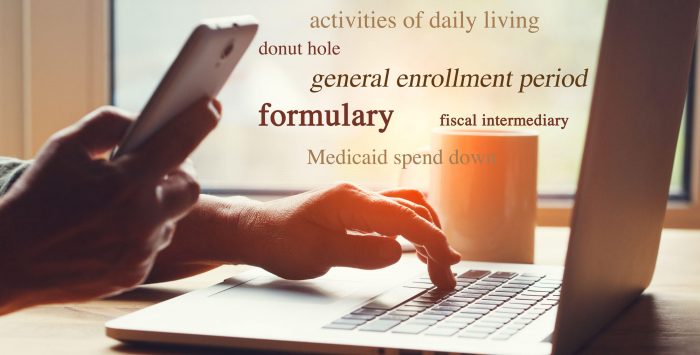What is Medicare's general enrollment period?
Medicare’s general enrollment period (GEP) is an annual opportunity for certain eligible individuals to enroll in Medicare Part A and/or Medicare Part B.
When is Medicare's general open enrollment period?
The general open enrollment period runs from January 1 through March 31 each year. If the GEP ends on a Saturday, Sunday or legal holiday, Social Security will allow beneficiaries to enroll at its offices the following Monday (or first regular workday). In addition to in-person enrollment, Social Security will honor a written enrollment request if it’s stamped by the last day of the GEP.
Who's eligible to enroll during Medicare's general enrollment period?
A Medicare-eligible person can enroll in Medicare Part B during the GEP if they didn’t enroll during their initial enrollment period or during a Part B special enrollment period (SEP). Beneficiaries who have to pay a premium for Medicare Part A are allowed to sign up for Part A during the GEP, if they didn’t enroll during their initial enrollment period (most people do not have to pay a premium for Part A, so they can enroll in it at any time once they’re Medicare-eligible).
When should I enroll in Medicare Part B?
It’s best to sign up for Part B during your initial enrollment period or Part B special enrollment period (SEP). But if you don’t enroll during either of those times, you can sign up during the GEP and your coverage will take effect the first of the following month.
Prior to 2023, there was a delayed effective date for GEP enrollments: Regardless of when a person signed up during the GEP, coverage would begin July 1 and the person’s Part B coverage would start July 1. But as of 2023 – under a rule change that CMS initiated in order to comply with legislation that was enacted in 2020 – there will no longer be a delayed effective date for GEP enrollments. Instead, coverage will simply take effect the first of the month following enrollment. So, a person who enrolls in January will have coverage effective in February, instead of having to wait until July.
Will I pay a penalty if I enroll during the GEP?
If you went at least a year without Part B (and/or Part A, if you have to pay a premium for it) after you were initially eligible to enroll, you may owe a late enrollment penalty. The penalty does not apply if you qualify for a Part B special enrollment period. But if you’re enrolling during the GEP, you may find that you owe a penalty.
The penalties are different for Part A and Part B:
- Part A: The penalty is an additional 10% added to the premium, for twice the number of years you delayed Part A coverage. This is only applicable to people who have to pay a premium for Part A; most people do not.
- Part B: The penalty is an additional 10% added to the premium for each year that you delayed your coverage (so if you delayed for three years, you’ll owe an additional 30% added to your monthly premiums). This penalty continues forever.
Learn more: Can I get a Medicare late enrollment penalty removed?
When do I enroll in Medicare Part A?
If you qualify for premium-free Part A, you can enroll in it at any time. But if you have to pay a premium for Part A (also called “buying” Part A), you have to sign up for Part A either during your initial enrollment period that starts three months before your 65th birthday or during the GEP.
If you’re paying a premium for Part A and you enroll during the GEP, coverage effective dates are the same as for Part B – meaning that as of 2023, your coverage begins the month after you enroll. As is the case with Part B, if you have to buy Part A and delayed enrolling until after you were first eligible, you’ll probably owe a late-enrollment penalty.
Tags: enrollment





